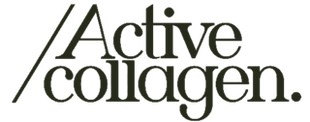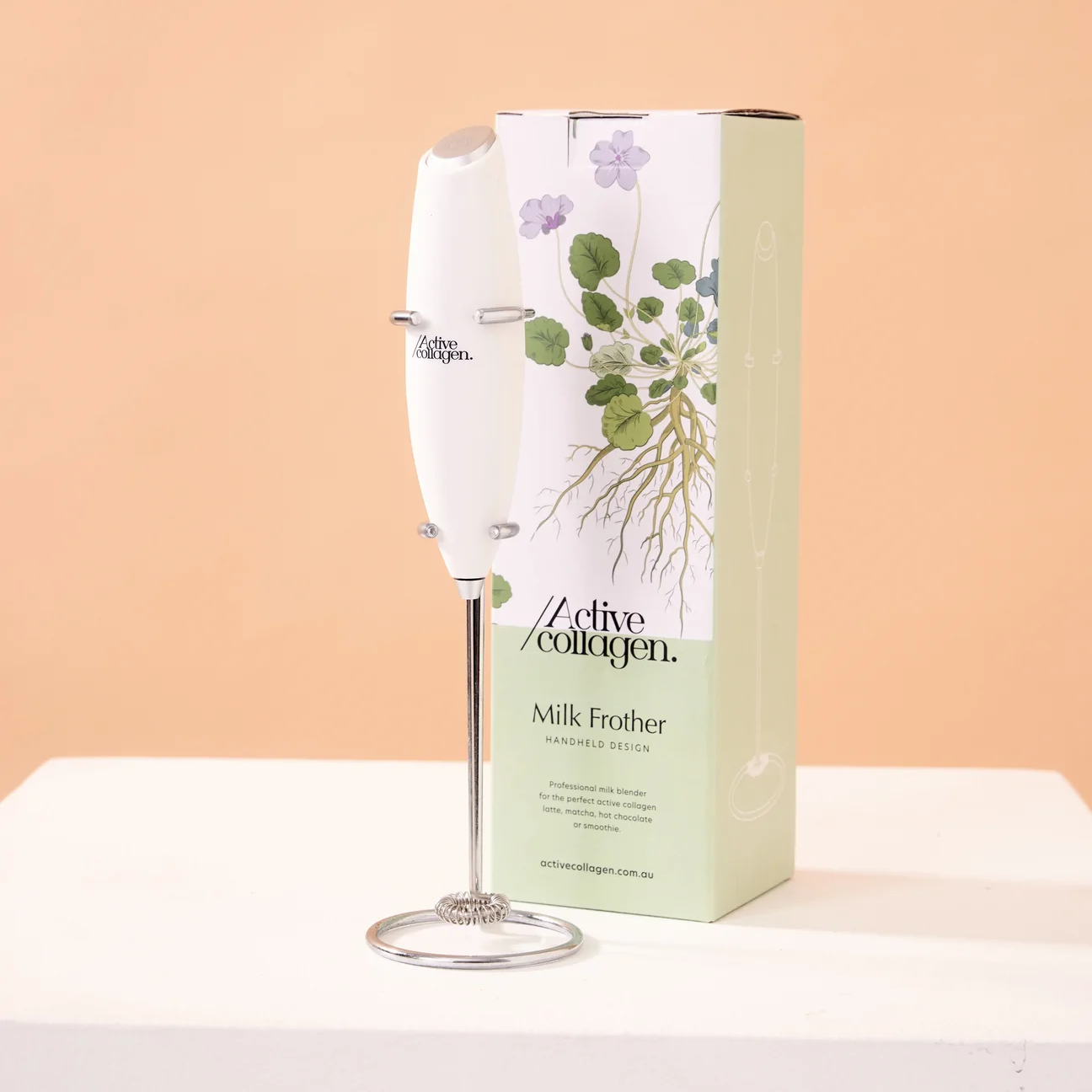Iron is one micronutrient that has certainly gained its name in the spotlight. It is a major functional factor of our red blood cells, essential for oxygen transport - in haemoglobin - and fundamental for energy production.
Having an iron deficiency is generally more common in women than men. In 2019, the World Health Organization indicated that 30% of women of reproductive age (15-49) had iron deficiency anaemia – to put that in perspective, that’s over > half a billion women!
Although some women may genetically have lower iron stores, there are certain factors that contribute to low iron that you may have heard of before such as heavier menstrual cycles, low dietary intakes commonly seen in vegan or vegetarian diets, and with conditions that disrupt iron absorption such as coeliac disease. There is, however, a strong link found between heavily active women – and not just Olympic athletes – and greater risk of iron deficiency.
If you are an active woman participating in sport, high intensity exercise or strength training most days of the week then this post is for you.
What Does an Iron Deficiency Look Like?
There are certain levels of iron that our body needs to perform optimally. A common biomarker that is looked at to determine iron stores is serum ferritin. Ferritin is the iron-binding protein that essentially stores iron in our body. If serum ferritin levels are below optimal ranges – which do vary - this is a common predictor of iron deficiency.
However, there is another stage of iron deficiency that is recognised through low haemoglobin levels – our oxygen carrying cells. When there are low iron stores seen in iron deficiency, and for various reasons this may not be corrected, the production of haemoglobin decreases causing anaemia. Anaemia can be shown as a haemoglobin level of <120 g/L in females.
Physically, an iron deficiency can look and feel like fatigue, intolerance to exercise, overall weakness, shortness of breath (dyspnoea), headaches, restless legs and dizziness upon standing (orthostatic hypotension) among other signs.
So, Why Are Active Women at Greater Risk?
We know that women are already at greater risk of iron deficiency than men, due to menstruation and pregnancy. But there is also the added variable of exercise that is often overlooked in the equation and other factors that come with it.
Iron excretes in sweat
There is founded evidence that minerals, including iron, are lost during exercise. High levels of iron have been measured through sweat excretion, up to 2.5 micrograms/L of sweat. One study found that during the first hour of a prolonged 2-hour exercise period iron excretion was higher, and decreased significantly during the second hour. Although iron excretion levels decreased it still indicates some iron loss, however, may not be the main concern for iron deficiency in female athletes.
Impaired Gut Function
Ever been on a run and experienced stomach pains? During strenuous exercise our body prioritises increasing blood flow to the working muscles and reducing circulation in the gastrointestinal tract – gut ischemia. This not only slows our gastric and intestinal movements, but can contribute to nutrient malabsorption. High intensity exercise can also create intestinal injury and blood loss, presenting as abdominal pain and sometimes blood in stool. Any form of blood loss = iron loss.
Foot Strike Haemolysis
Often seen during exercises that require a lot of running or walking, foot strike haemolysis refers to the rupture and destruction of red blood cells during impact forces. Red blood cells in those who run have a lifespan of 60% less compared to non-runners. However, haemolysis can be due to non-ground contact sports as well, such as swimming, due to the repetitive muscle contractions that compress red blood cells within small blood vessels. This could correlate with the evidence that female endurance runners have a higher prevalence of iron deficiency than the general female population.
Reduced Hepcidin
Hepcidin is a liver-produced hormone that regulates how much iron is available for use by the body. It controls how much iron is absorbed, stored, recycled and released from storage cells for use. Following exercise, hepcidin levels have been shown to increase peaking around the 3-hour mark where the percentage of this increase differs depending on intensity and duration. Increased hepcidin levels reduce iron absorption – which is critical to obtain from post exercise nutrition – therefore may contribute to low iron stores in active women.
Malnutrition
There is of course the factor of dietary restriction that has a massive impact on iron levels. Iron is received through diet from both heme and non-heme sources. Heme iron is more readily absorbable and is abundantly present in animal products such as red meat. Whilst non-heme iron is harder for the body to use and is present in plant sources such as legumes. For those women who choose to exclude animal products from their diets iron deficiency is a usual side effect. Dietary restriction, alongside the above-mentioned risk factors, is unfortunately a common occurrence amongst health conscious, active women.
Ways to Support Your Iron
Recognising the signs and symptoms of an iron deficiency is crucial for diagnosis before anaemia occurs. Though, there are some strategic ways you can support your iron levels as an active woman to prevent iron deficiency:
- Pair your non-heme sources of iron with a vitamin C rich food such as using lemon juice on greens and as salad dressings, adding tomatoes to sandwiches and munching on berries at breakfast time. Vitamin C increases the absorption of iron in the small intestine.
- For the die-hard runners, try switching up a run every once in a while to a lower intensity exercise to reduce foot-strike haemolysis.
- Avoid consuming iron rich foods or iron supplements alongside coffee as this will inhibit iron absorption.
- Make sure you are getting enough iron! As iron rich foods are more often than not a part of the protein variety prioritising a good source of protein at every meal is key.
Active Collagen’s newest member Active Cycle is a specially formulated, nourishing hot chocolate designed to replenish key vitamins and minerals, including iron, that are lost during a monthly period. And if you consider yourself an active lady, Active Cycle can’t help but be a nourishing addition to your post workout routine.
World Health Organization. (2021). Anaemia in women and children. WHO Global Anaemia estimates, 2021 Edition. https://www.who.int/data/gho/data/themes/topics/anaemia_in_women_and_children
Moschonis, G., Papandreou, D., Mavrogianni, C., Giannopoulou, A., Damianidi, L., Malindretos, P., Lionis, C., Chrousos, G. P., & Manios, Y. (2013). Association of iron depletion with menstruation and dietary intake indices in pubertal girls: the healthy growth study. BioMed research international, 2013, 423263. https://doi.org/10.1155/2013/423263
Kumar, A., Sharma, E., Marley, A., Samaan, M. A., & Brookes, M. J. (2022). Iron deficiency anaemia: pathophysiology, assessment, practical management. BMJ open gastroenterology, 9(1), e000759. https://doi.org/10.1136/bmjgast-2021-000759
Wouthuyzen-Bakker, M., & van Assen, S. (2015). Exercise-induced anaemia: a forgotten cause of iron deficiency anaemia in young adults. The British journal of general practice : the journal of the Royal College of General Practitioners, 65(634), 268–269. https://doi.org/10.3399/bjgp15X685069
DeRuisseau, K. C., Cheuvront, S. N., Haymes, E. M., & Sharp, R. G. (2002). Sweat iron and zinc losses during prolonged exercise. International journal of sport nutrition and exercise metabolism, 12(4), 428–437. https://doi.org/10.1123/ijsnem.12.4.428
de Oliveira, E. P., & Burini, R. C. (2009). The impact of physical exercise on the gastrointestinal tract. Current opinion in clinical nutrition and metabolic care, 12(5), 533–538. https://doi.org/10.1097/MCO.0b013e32832e6776
Domínguez, R., Sánchez-Oliver, A. J., Mata-Ordoñez, F., Feria-Madueño, A., Grimaldi-Puyana, M., López-Samanes, Á., & Pérez-López, A. (2018). Effects of an Acute Exercise Bout on Serum Hepcidin Levels. Nutrients, 10(2), 209. https://doi.org/10.3390/nu10020209
Damian, M. T., Vulturar, R., Login, C. C., Damian, L., Chis, A., & Bojan, A. (2021). Anemia in Sports: A Narrative Review. Life (Basel, Switzerland), 11(9), 987. https://doi.org/10.3390/life11090987
Zijp, I. M., Korver, O., & Tijburg, L. B. (2000). Effect of tea and other dietary factors on iron absorption. Critical reviews in food science and nutrition, 40(5), 371–398. https://doi.org/10.1080/10408690091189194




